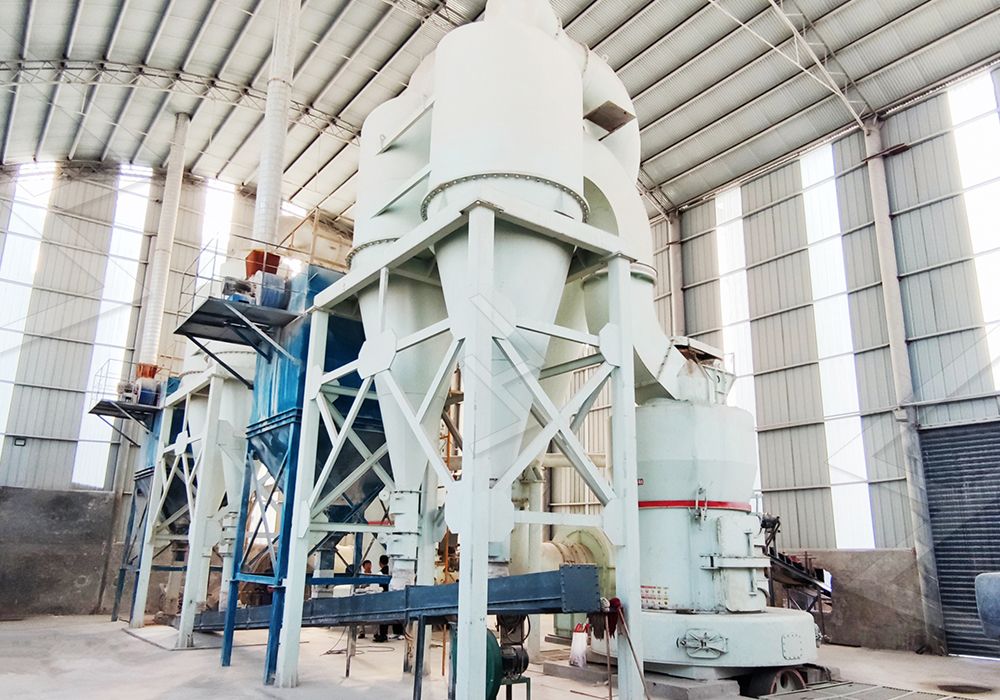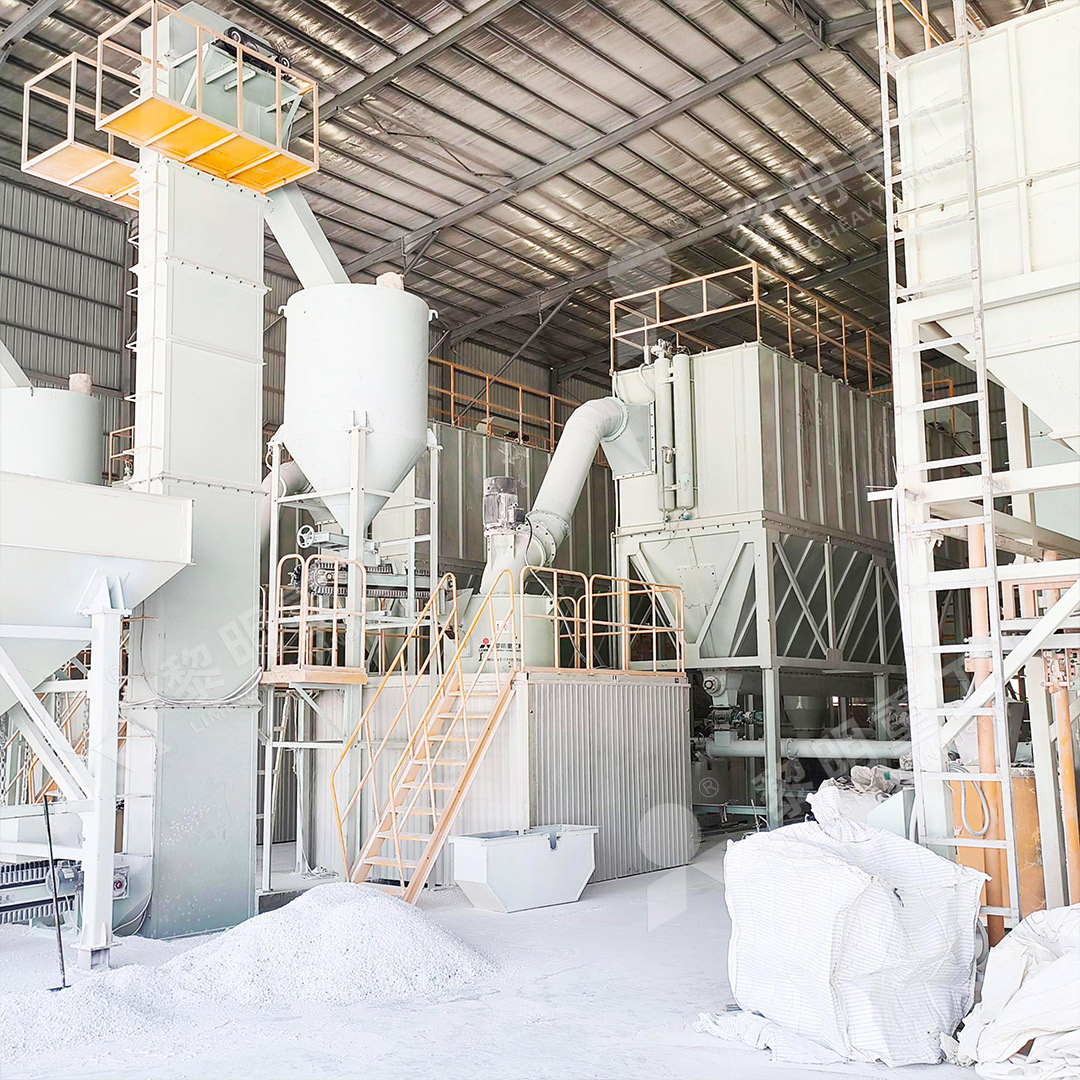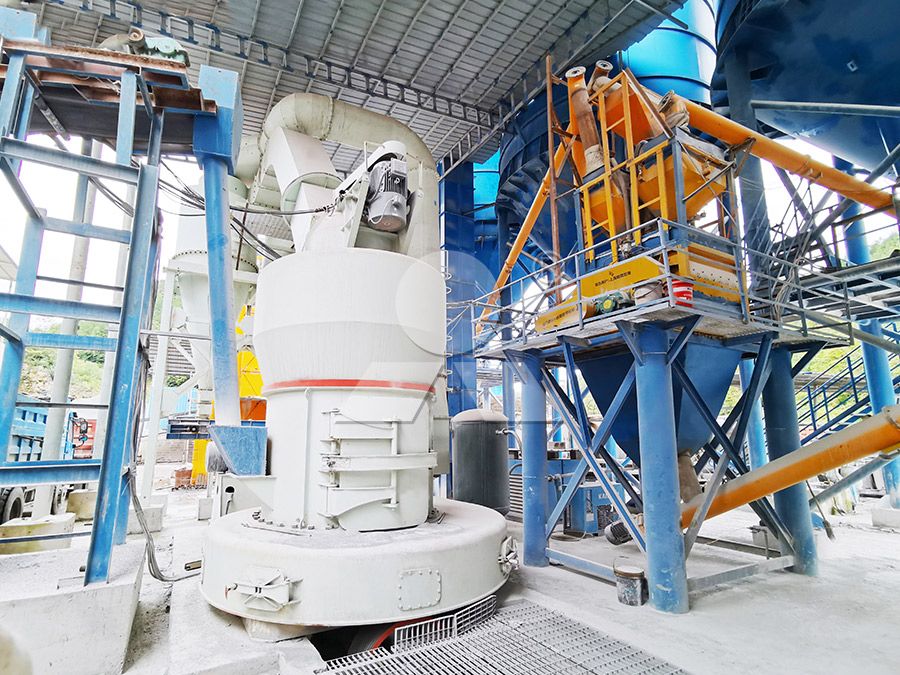Limestone Grinding Mill for Aggregate and Sand Production
Unlocking Efficiency in Modern Construction Materials Processing
The production of high-quality aggregates and sand from limestone represents a cornerstone of the construction industry. As infrastructure demands grow globally, the need for efficient, reliable, and environmentally conscious grinding technology becomes increasingly critical. Limestone’s versatility makes it ideal for various applications, but transforming raw stone into precisely graded materials requires sophisticated milling equipment.

Traditional grinding methods often struggle to balance production capacity with energy efficiency while maintaining consistent product quality. The industry has evolved beyond simple crushing mechanisms to embrace advanced grinding technologies that offer superior control over particle size distribution, lower operating costs, and reduced environmental impact. Modern limestone processing operations demand equipment that can handle varying feed sizes while producing everything from coarse aggregates to fine sand particles with precision.
Technical Considerations for Limestone Grinding
When selecting grinding equipment for limestone processing, several factors demand careful consideration. The hardness and abrasiveness of the source material significantly influence wear part longevity and maintenance requirements. Moisture content affects processing efficiency, with some mills incorporating drying capabilities for wetter feed materials. Production targets must align with equipment capacity, while final product specifications dictate the necessary fineness control mechanisms.
Beyond these basic considerations, modern operations must address environmental regulations, energy consumption, and operational flexibility. Dust control systems have become non-negotiable in most jurisdictions, while noise reduction features contribute to better community relations for plants located near residential areas. The ability to quickly adjust product fineness without significant downtime provides competitive advantage in markets demanding multiple product specifications.
Advanced Grinding Solutions
Among the available technologies, the MW Ultrafine Grinding Mill stands out for operations requiring precise control over final product specifications. With an input size capacity of 0-20 mm and production rates ranging from 0.5 to 25 tph, this equipment adapts well to varying production requirements. The mill’s innovative design eliminates rolling bearings and screws within the grinding chamber, addressing common failure points that plague conventional mills.

The MW series demonstrates particular strength in producing finely ground limestone powders with adjustable fineness between 325-2500 meshes. Its German-engineered cage-type powder selector ensures precise separation, achieving screening rates of d97≤5μm in a single pass. Operations benefit from the integrated pulse dust collector and muffler system, which maintains workplace air quality while reducing noise pollution—critical considerations for modern processing facilities.
For operations prioritizing vertical integration and space efficiency, the LUM Ultrafine Vertical Grinding Mill offers compelling advantages. With its 0-10 mm input size capacity and 5-18 tph production range, this mill incorporates the latest grinding roller technology from Taiwan and German powder separating expertise. The reversible structure simplifies maintenance, allowing operators to easily access grinding components for inspection and replacement.
Operational Excellence and Sustainability
The most advanced grinding equipment delivers limited value without thoughtful integration into broader processing systems. Proper feed preparation, material handling, and product collection all contribute to overall efficiency. Modern control systems enable remote monitoring and adjustment of key parameters, allowing operators to optimize performance based on real-time conditions.
Environmental performance has transitioned from regulatory compliance to competitive advantage. Beyond dust and noise control, energy efficiency directly impacts operating costs and carbon footprint. The MW Ultrafine Grinding Mill’s design achieves 40% higher production capacity compared to jet grinding mills with equivalent fineness and power consumption, while system energy consumption represents just 30% of jet milling alternatives.

Maintenance planning represents another critical aspect of sustainable operation. Equipment designed for easy access to wear parts and with readily available spare components minimizes downtime. The external lubrication system on the MW series enables continuous operation for up to 24 hours without shutdowns for maintenance, significantly improving asset utilization.
Frequently Asked Questions
What fineness range can be achieved with modern limestone grinding mills?
Advanced mills like the MW Ultrafine Grinding Mill can produce powders ranging from 325 to 2500 meshes, with some models achieving d97≤5μm in a single pass. The exact range depends on the specific equipment configuration and material characteristics.
How do environmental considerations influence mill selection?
Modern mills must address dust control, noise reduction, and energy efficiency. Integrated pulse dust collectors and muffler systems, like those on the MW series, help operations meet stringent environmental standards while maintaining productivity.
What maintenance advantages do newer mill designs offer?
Innovations such as the absence of rolling bearings and screws in the grinding chamber (featured in the MW Ultrafine Grinding Mill) reduce failure points and simplify maintenance. External lubrication systems enable continuous operation without shutdowns for maintenance.
How important is particle size distribution control?
Precise particle size distribution is critical for product performance in applications ranging from construction materials to industrial fillers. Advanced separator technology ensures consistent product quality across production batches.
Can the same equipment handle varying production requirements?
Modern mills offer adjustable operating parameters to accommodate different production rates and product specifications. The MW Ultrafine Grinding Mill, for example, handles capacities from 0.5 to 25 tph, providing flexibility for changing market demands.
